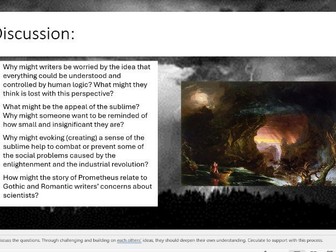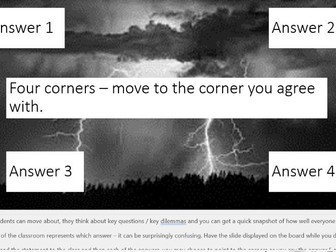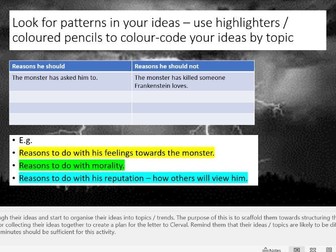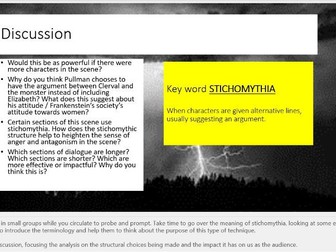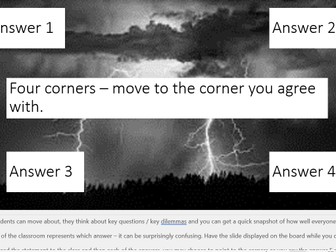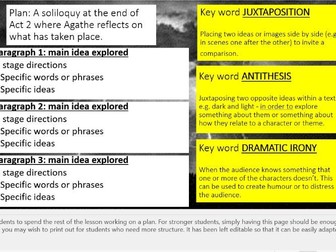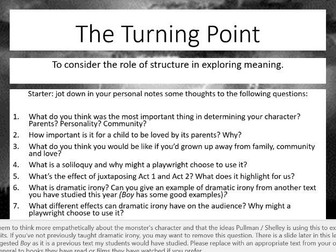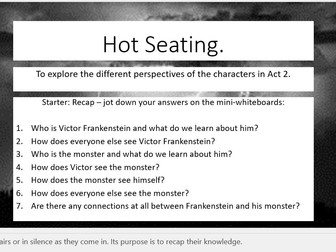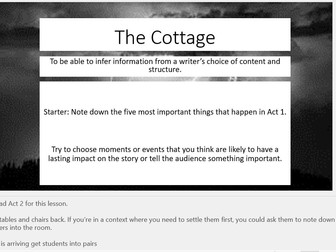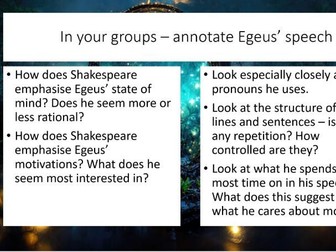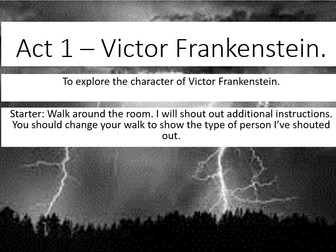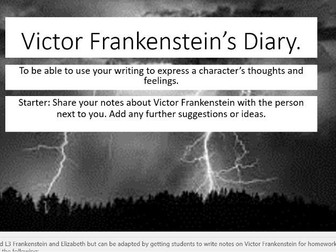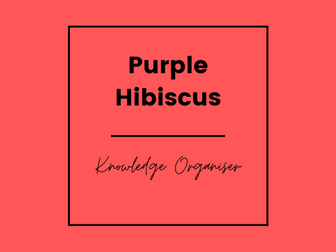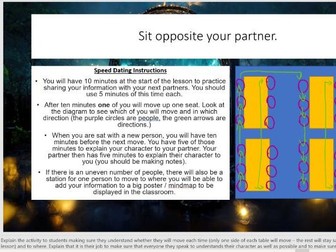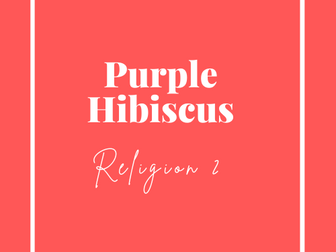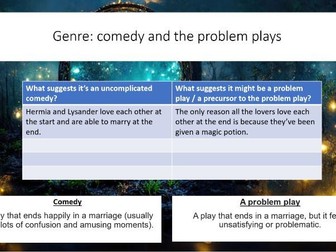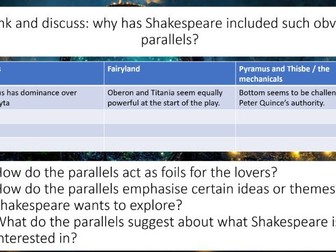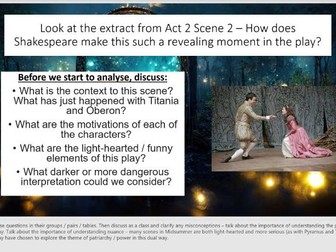
L1 Gothic Context Frankenstein the Play
A resource introducing students to the gothic genre and outlining some of its influences.
The resource includes:
a basic starter to identify students’ prior learning
a reading comprehension with questions
discussion opportunities to deepen students’ understanding of gothic influences
a four corners game for the plenary to check learning
Brief notes are provided in the notes section of each slide to support teacher delivery of the resources. The reading comprehension has a separate page including suggested / example responses for the comprehension questions.
